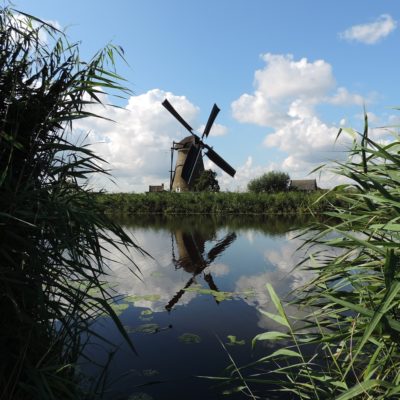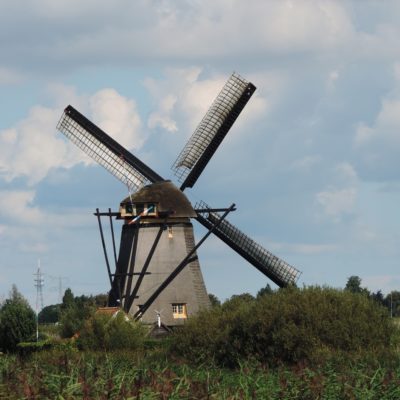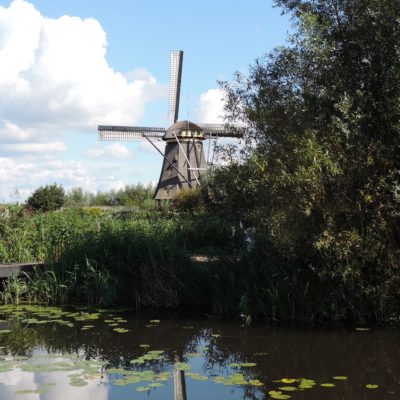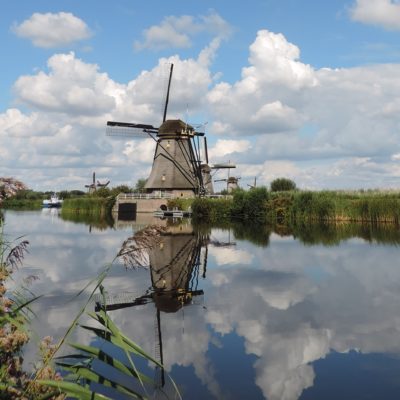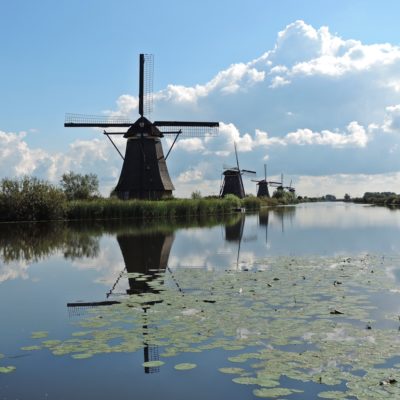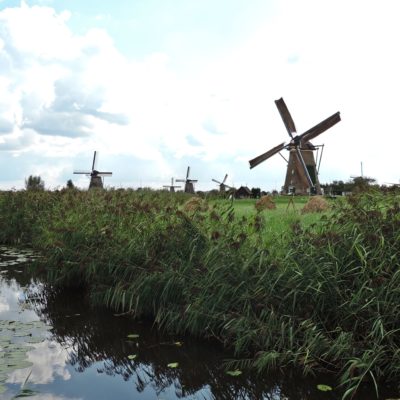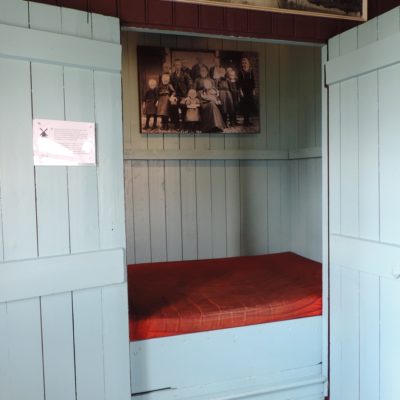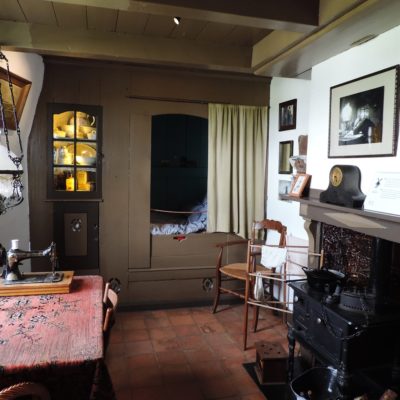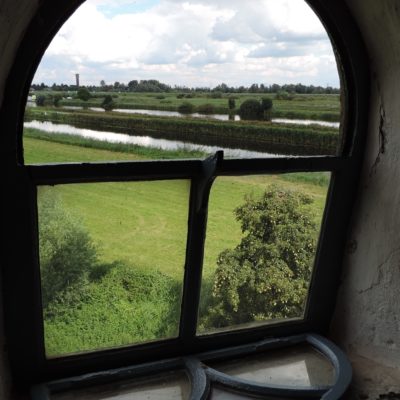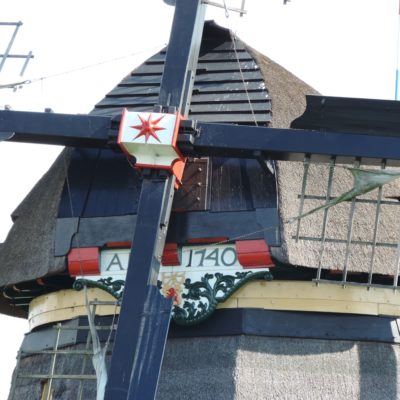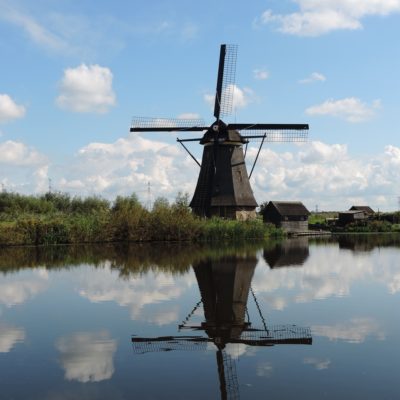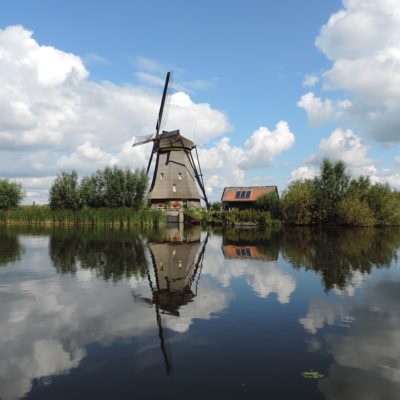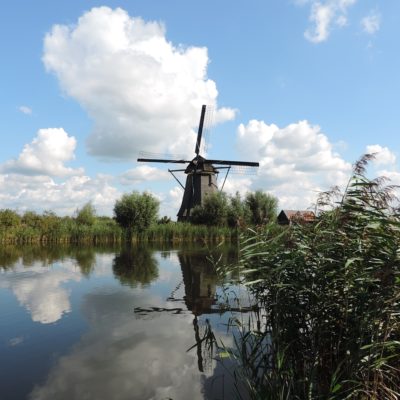Whenever I think of the Netherlands, the first image that comes to my mind is of flat, green country, divided by countless canals and dotted with windmills. In truth, there are only a few places left where you actually have an abundance of windmills, and one of them is the World Heritage Site Kinderdijk.
At Kinderdijk, you find a network of a staggering 19 windmills within a relatively small space and the sight is amazing. The Dutch may be sick of hearing this, but in the eyes of tourists windmills are quintessentially Dutch and they’re quite mad about having their photos taken with one.
Much more than just looking pretty in an old-fashioned sort of way and making for a sufficiently touristy photo opportunity, windmills are evidence of Dutch engineering genius. If it wasn’t for windmills, quite a large chunk of the Netherlands might still be uninhabitable swampland or covered by water entirely. Rather than just be used to grind grains, windmills in the Netherlands are, or were, used to pump water and help make the country habitable.
According to the official description,
‘the Mill Network at Kinderdijk-Elshout is an outstanding human-made landscape that bears powerful testimony to human ingenuity and fortitude over nearly a millennium in draining and protecting an area by the development and application of hydraulic technology.’
I was utterly amazed to find out from the above mentioned description of the site that the windmills ‘function as fall-back mills in case of failure of the modern equipment’ even today. From one of the volunteers on site I learned that most of the Western part of the Netherlands would be underwater in case pumping should stop for three months. Let’s hope all those pumps and hydraulic systems keep going!
- Kinderdijk
- Kinderdijk
- Kinderdijk
- Kinderdijk
- Kinderdijk
At the pumping station at Kinderdijk, you can watch an interesting, hands-on display, as well as a film on the history of the site and how water management with the help of windmills works. There are also two museum windmills, which can be entered and explored. All the other windmills can be viewed from several walkways. For the ones further from the entrance, little jetties have been built to provide better photo options – towards the end of summer, the reeds on the edges of the canals grow very tall and if it wasn’t for those wooden platforms, you’d hardly be able to see some of the windmills. There are also benches at frequent intervals, so you can have a rest or even a picnic. When I visited, you could buy pancakes and ice-cream from stalls near the first museum mill – I don’t know if they are available all the time, though.
- Kinderdijk
- Kinderdijk
- Kinderdijk
- Kinderdijk
- Kinderdijk
Although the area isn’t too large and can easily be explored on foot, I would recommend renting a bicycle from the cafe/gift shop. However, you should watch out for tourists who apparently haven’t ever ridden a bike before, have hardly any control over it and go here, there and everywhere across both lanes. If you see one of those, take cover. On the whole, cycling through the lush, green countryside with canals on both sides and windmills seemingly everywhere is a wonderfully relaxing pastime.
In case you visit in summer or generally when it is warm and sunny, you may want to bring a cap or sun hat. I didn’t, because I thought it wouldn’t be that warm at the beginning of September and quickly regretted it. There is hardly any shadow to be found along the paths and cyclelanes connecting the windmills and if the sun is out, it will burn down on you relentlessly. I paid for my foolish misjudgement with a splitting headache.
- Kinderdijk
- Kinderdijk
- Kinderdijk
- Kinderdijk
There are several ways of getting to Kinderdijk, which lies roughly within a triangle between Rotterdam, Dordrecht and Utrecht. You can visit by car, of course, but public transport is also an easy option, with bus connections from the three cities mentioned above. From Dordrecht and Rotterdam, Kinderdijk can also be reached by means of the Waterbus, i.e. by boat. It takes about half an hour and is a nice change to sitting on a bus or going by car.
I absolutely loved this World Heritage Site, as it allows you to experience a typically Dutch landscape, learn about the history of the area and the underlying engineering methods and also to either walk or cycle around in the open air. A definite must-see!

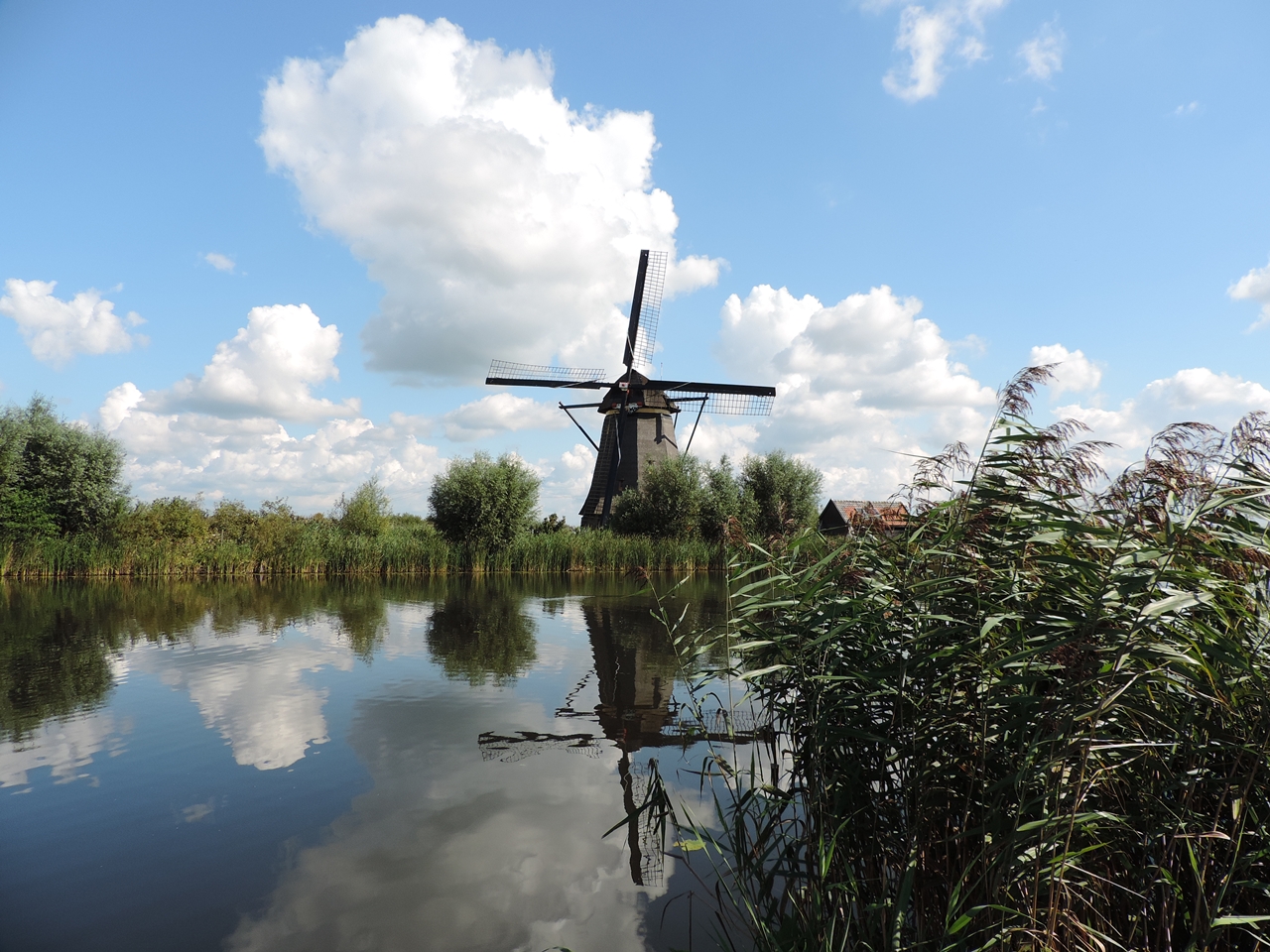 Kinderdijk
Kinderdijk